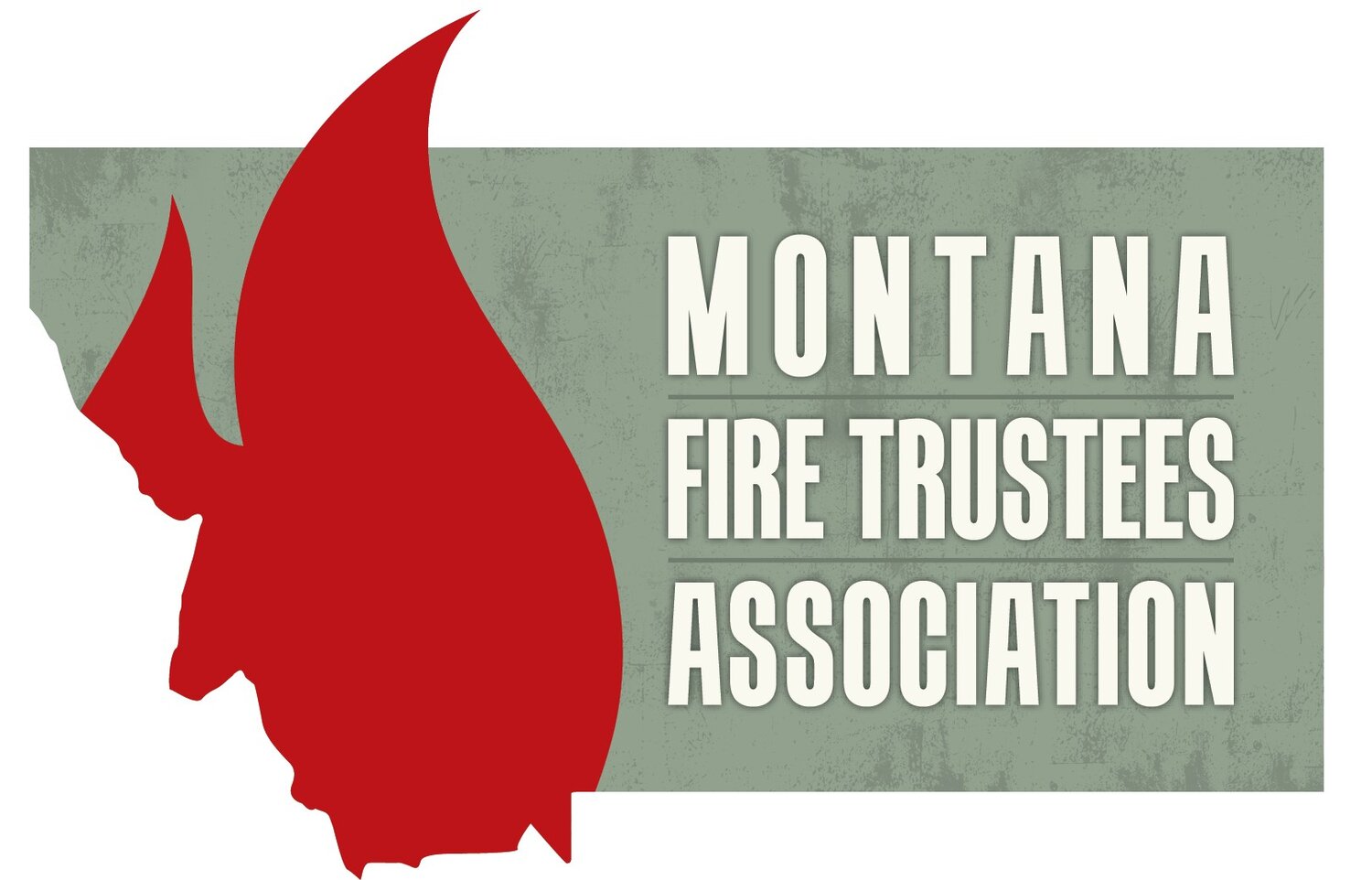The West Wind Fire Event
By Don Pyrah, Unified Commander
Photo Courtesy of the Furgus County Sheriff’s Department
As the Fire Management Officer for the Northeastern Land Office--Montana DNRC, I recognize that counties rely heavily on mutual aid. Mutual aid normally can provide the quickest assistance that arrives on the fire ground in many of the 56 counties that participate in the County Cooperative Fire Agreement with the Montana DNRC. Formal assistance, under that same agreement, often takes additional time depending on location and staffing. Under normal circumstances, departments routinely achieve success from their own department’s response. From a wildland perspective, vegetative fuels, and weather conditions (usually high winds) can challenge their capacity making it necessary to utilize existing mutual aid agreements. Occasionally, there are times that reaching out farther becomes necessary when fire conditions are extreme. Thankfully, some of those additional resource needs can be met through the Montana Mutual Aid network.
The additional strain placed on limited resources becomes apparent as the fire seasons last longer. The fire season of 2022 was no different and was challenging for many locations, including Fergus County, where two large wildland fire events had already occurred late summer and early fall prior to the West Wind Fire. Understanding resource shortages are often complex, but a partial list of contributing factors includes decreasing numbers of volunteers, reduced local, state, and federal firefighting people and budgets, and the amount of ongoing fire activity in other areas. Additionally, wildland firefighting resources from state, federal cooperators, and private contractors are most often engaged during the months that look like “normal fire seasons” with those being the months of May through September. So, what happens when you have an extreme event that occurs in October or the West Wind Fire in December? Additional wildland firefighting resources are not available, but you desperately need water and structure engine support for a wildland fire that impacts a community?
In the case of the West Wind Fire this past December, we utilized what resources were available from our federal cooperators and normal mutual aid channels, but more were needed as the probability of impact to the rural community of Denton loomed. Unified Command consisting of Denton Fire Chief Mike DeVries and I, along with Fergus County Fire Warden Ryan Petersen, sought help through the Montana Mutual Aid network through key contacts.
Montana Mutual Aid resources began arriving within a matter of hours in the form of both wildland and structure engines. Within 12 hours of asking, West Wind Unified Command had received three task forces of engines from Lewis and Clark County, Gallatin County, Missoula County, and a mix of wildland and structure engines put together by the Eastern and Southern Land Offices—Custer County, Garfield County, Columbus, Big Timber, and Red Lodge.
Other structure engines and water tenders arrived as single resources from many communities including Belt, Havre, Lewistown, Loma, Fort Benton, and Big Sandy to name a few. Additionally, and importantly, private water tenders also arrived and were key to maintaining an effective water supply as initial suppression efforts had depleted the water storage system for the Town of Denton within the first few hours. Multiple porta tanks and a tender shuttle were established to meet the water supply needs until the Denton municipal water system had fully recharged.
There are a couple of notes worth mentioning. As I previously mentioned both Garfield County (Huff-2020) and Liberty County (Amtrak derailment-September 2022) sent Montana Mutual Aid resources. It is not just large counties and large departments that send resources or receive aid through MMA.
Considerations for moving forward. Many Departments have access to the Field Operations Guide that the Montana State Fire Services training school provides. There is a list of key contacts in many of the counties across Montana. Reaching out for assistance for the right resources that are needed is critical for the successful management of any incident. Consider resource needs and be specific in reaching out for them. Assistance with the command may be a large component of your ask—spend some time thinking about a bad day and consider doing some preplanning. Utilize scenario-based training that purposefully stretches your department resources to get in the mode of preparing for extended attack “events”.
In summary, reaching out for assistance with Montana Mutual aid in the case of the West Wind Fire, was necessary for the success we achieved during the West Wind Fire in Fergus County in December of 2021.


